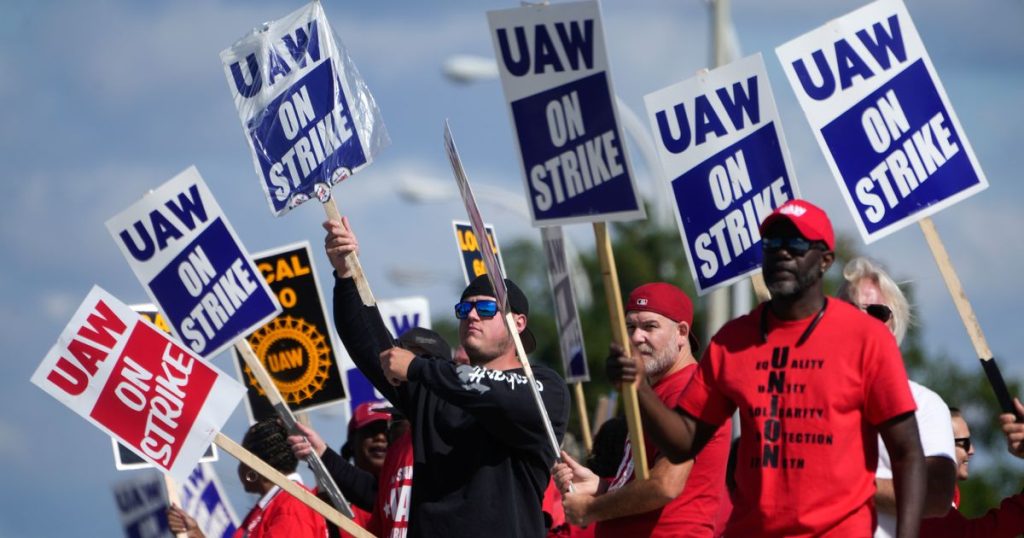The United Auto Workers’ successful strike against the “Big Three” auto manufacturers last fall has inspired local labor activists to prepare for an even more powerful strike on May 1, 2028. This initiative, led by UAW President Shawn Fain, involves encouraging unionized workers to align their contract expiration dates to maximize their leverage in bargaining with employers. Several local labor councils across the country have endorsed this proposal, recommending affiliates to shift contract dates to April 30, just before International Workers’ Day, or May Day. The move aims to enable unions to strike simultaneously across industries, increasing their economic and political influence.
This strategy seeks to work around legal restrictions on striking in the U.S., such as the Taft-Hartley Act of 1947, which banned secondary or sympathy strikes. By coordinating large-scale strikes tied to contract expirations, unions can potentially achieve significant gains within the boundaries of the law. This approach is seen as a innovative way to address the decline in organized labor membership in recent decades and improve working conditions for both union and non-union workers. It harkens back to the days of the Congress of Industrial Organizations, which organized industrial workers in the 1930s and 40s, before merging with the American Federation of Labor.
The success of the recent strike against the Big Three automakers, where contracts were aligned to expire on April 30, demonstrates the power of coordinated bargaining. By simultaneously striking at multiple facilities, the UAW was able to pressure automakers to match each other’s offers and strategically escalate the situation. This approach highlighted the effectiveness of aligned contracts in strengthening the bargaining position of unions. Moving forward, the goal is to involve more industries and companies in the negotiations, expanding the unions’ reach and influence beyond the traditional Big Three automakers.
The logistical challenge of aligning contract expiration dates requires cooperation from employers during negotiations. Some companies may be resistant to altering contract durations to align with potential general strikes, as this could give unions more leverage in future bargaining. However, the enthusiastic response from local labor councils and union members suggests a strong commitment to this initiative. By prioritizing the alignment of contracts to end on May Day, unions aim to create a unified front and demonstrate solidarity across the labor movement.
The historical significance of May Day, with its radical roots in the fight for an 8-hour workday, adds an extra layer of symbolism and purpose to this organizing effort. The push to align contract expirations to this date reflects a broader struggle for workers’ rights and fair labor practices. The recent victory at the Volkswagen plant in Tennessee, won by the UAW in a landslide election, signifies a potential turning point for unions breaking out of a defensive posture. This success serves as inspiration for workers to come together and fight for better conditions through collective action and solidarity.


